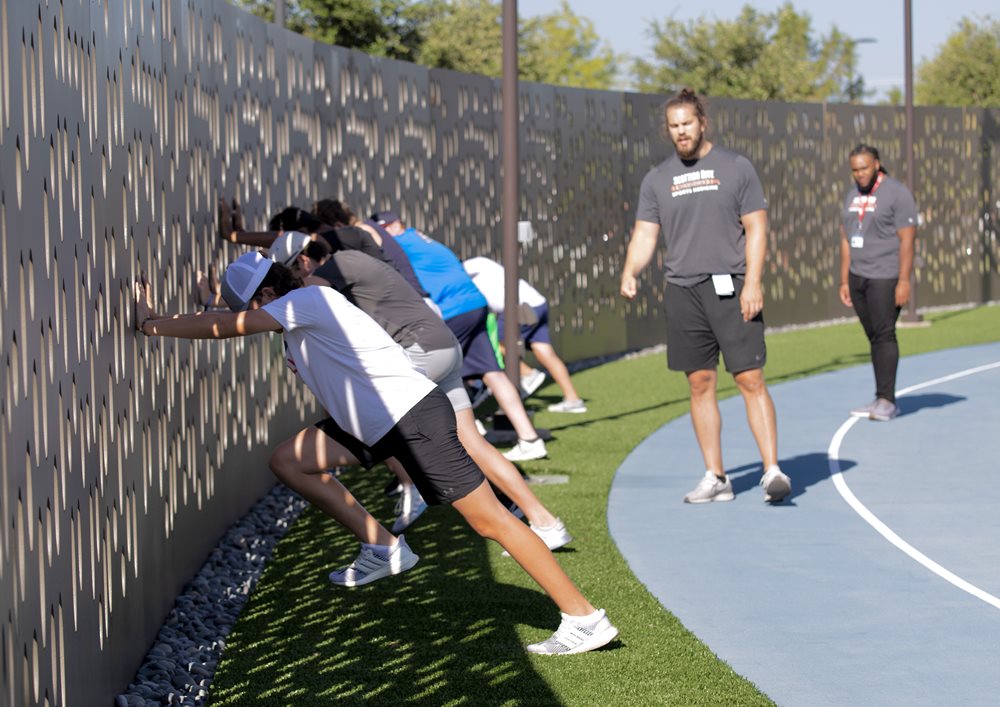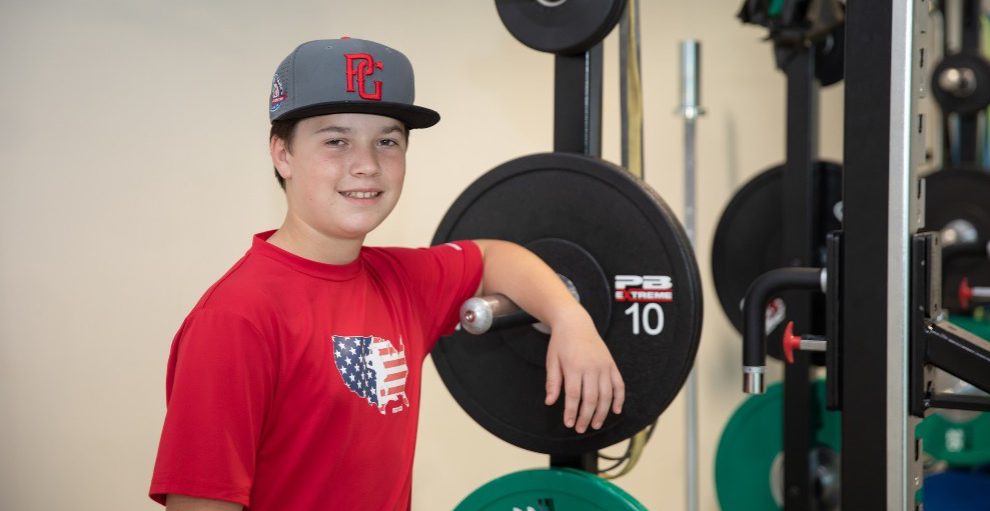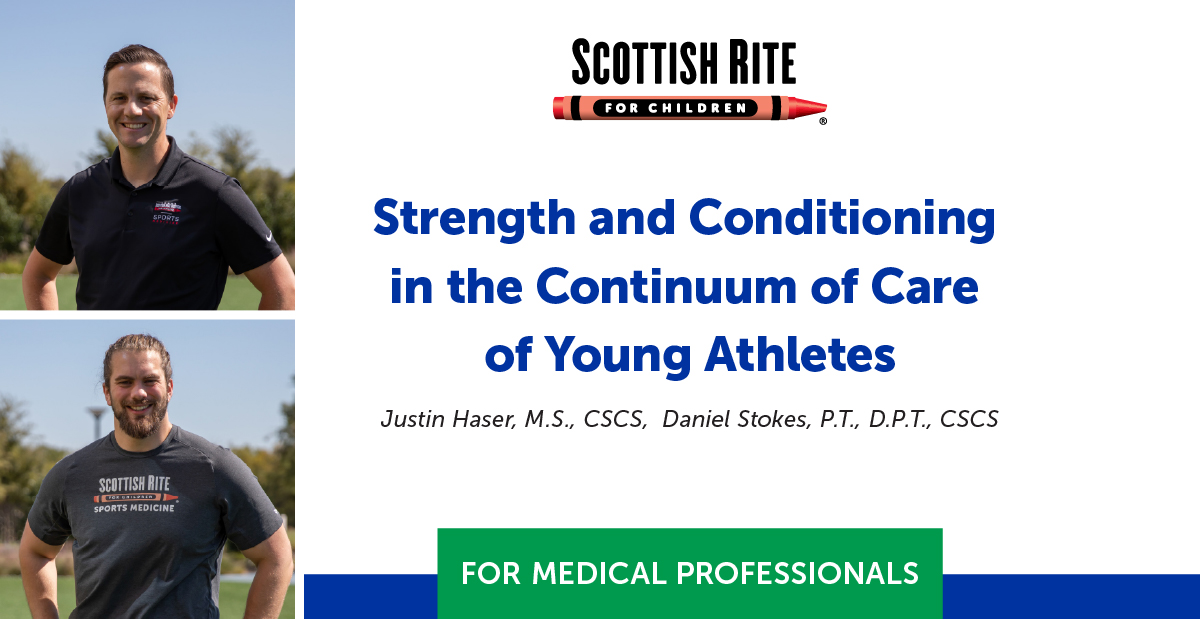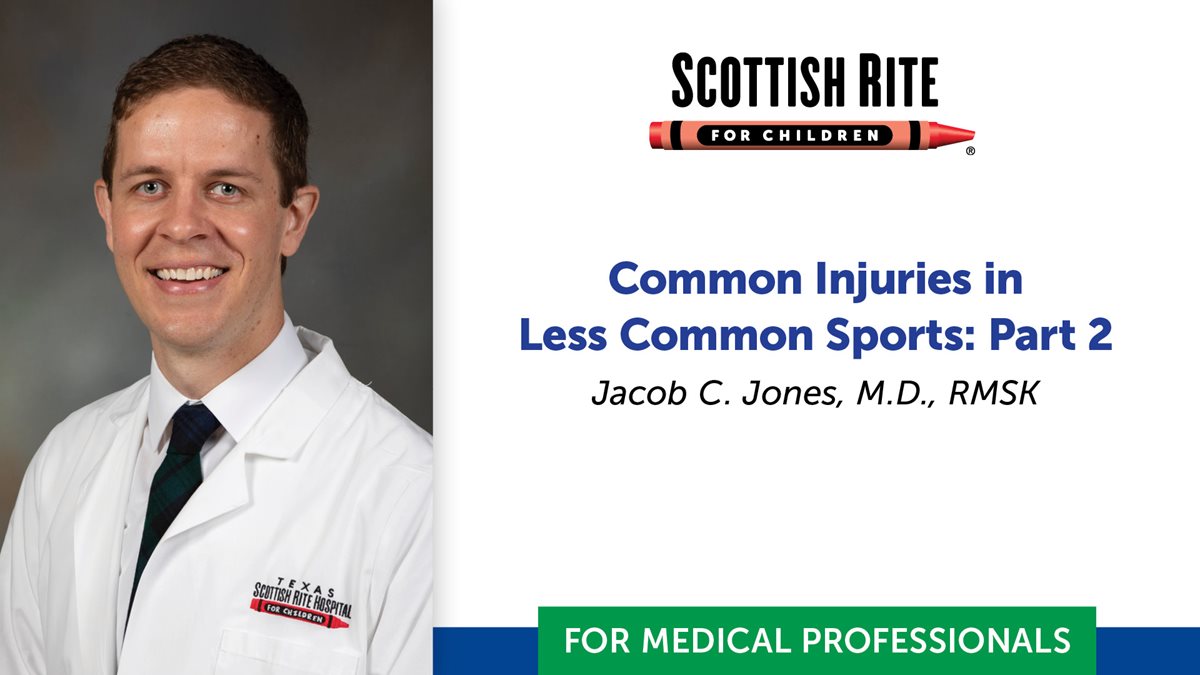Baseball
Baseball Resources
Our team has the go-to experts for the care and treatment of young baseball players in North Texas. We know the sport in and out — from pitching to rounding the bases, our experts are leaders in the field of sports medicine and baseball. Our team actively performs research studies on baseball-related injuries, educates others about preventing overuse injuries and leads the discovery of new treatment techniques and methods for complex conditions like osteochondritis dissecans in the elbow. Learn more about our services tailored to young athletes.
Downloadable Resources:
Baseball Injury Prevention (English)
Concussion (English I Spanish)
Managing Stress (English)
Stress Management Workbook (English)
Find more on Nutrition and Hydration here.
Downloadable Resources:
Baseball Injury Prevention (English)
Concussion (English I Spanish)
Managing Stress (English)
Stress Management Workbook (English)
Find more on Nutrition and Hydration here.
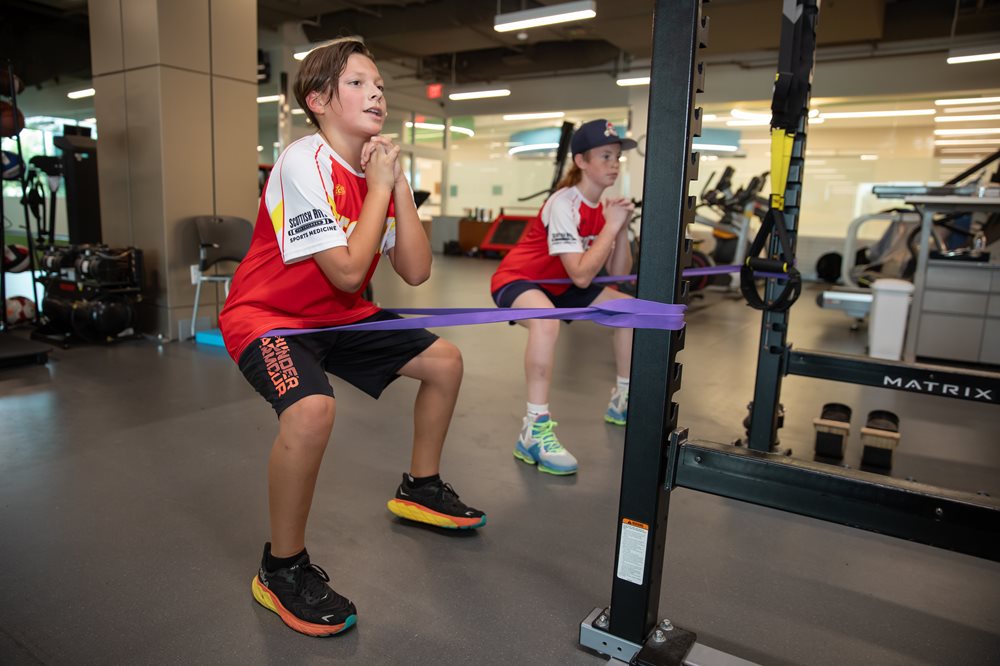
Athlete Development
Young athletes, especially those returning to their sport following an injury or trying to prevent sports injuries, need specialized training and conditioning for optimized performance and safety. The Bridge Program is designed to improve movement quality with training in areas including strength, power, plyometrics, speed and pivoting. Learn more about our Program in Frisco.
Sign up to receive our digital newsletter with tips and insights for parents of young athletes.
Sign up to receive our digital newsletter with tips and insights for parents of young athletes.
